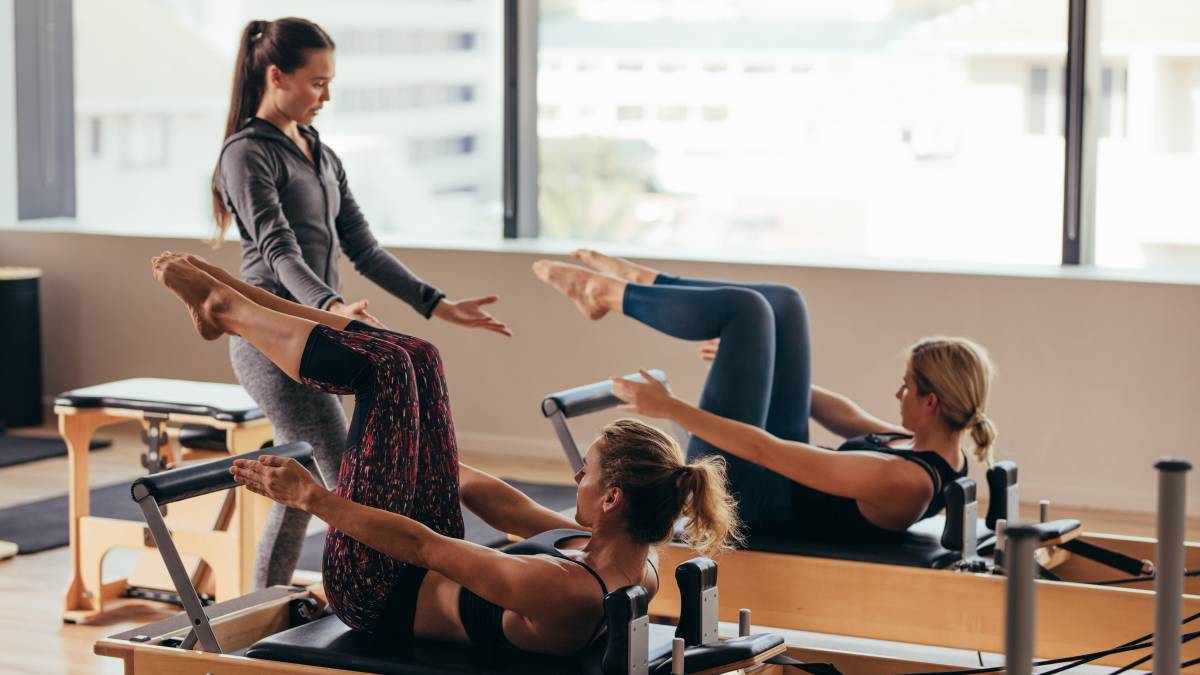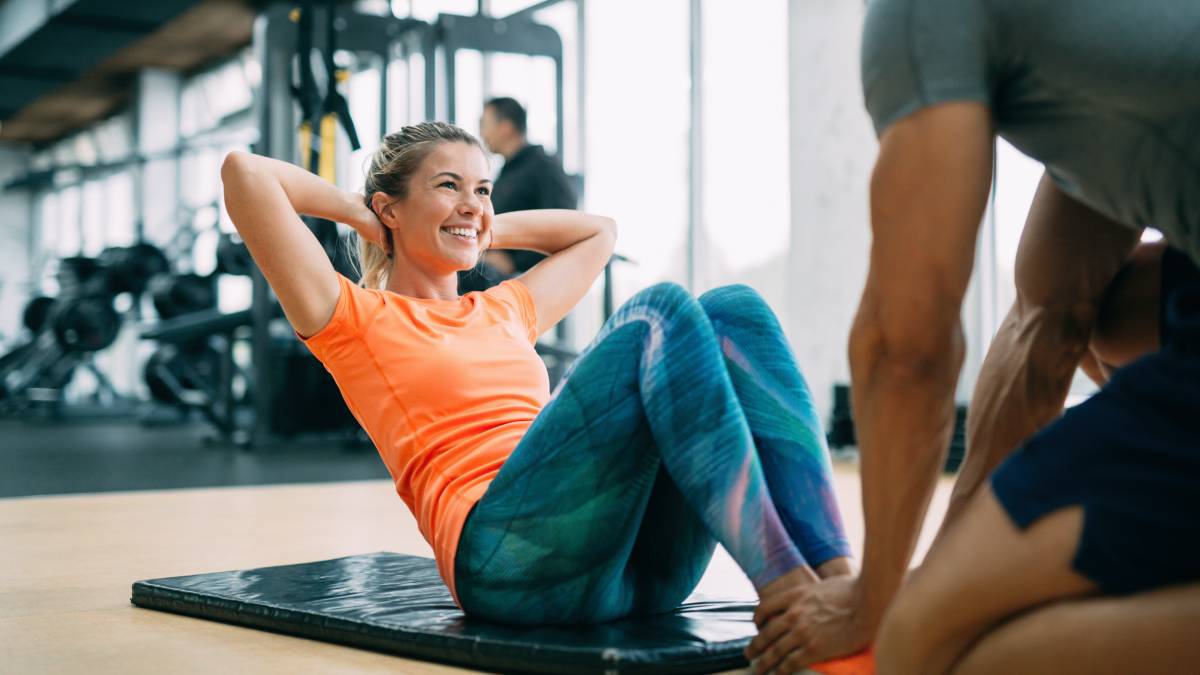- Home/
- Guides/
- Personal Training/
- Earn Money as a Personal Trainer
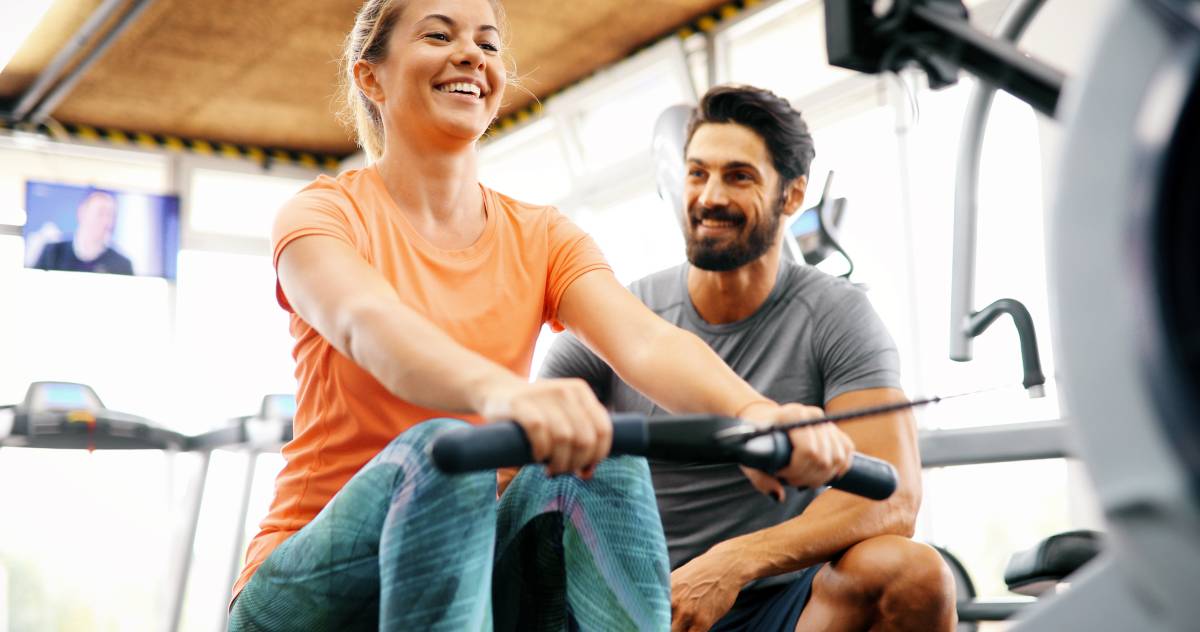
How to make money as a personal trainer
Want to make a career in fitness? Read our step-by-step guide and learn tips on finding jobs, industry salaries, and more.
Find personal trainer jobsLast Updated on
As a fitness coach, you’re tasked to create effective and safe exercise programs for your clients to help them with their fitness goals. If this type of job appeals to you, you may have thought about how to become a personal trainer.
Luckily, you’re in the right place. In this guide, you’ll learn how to make money as a personal trainer and get information on finding jobs, earning certifications, and more. Read on!
How much do personal trainers get paid?
In Australia, personal trainers earn an average hourly pay of $25-100, with the national average salary being $51,295. Victoria has the highest annual income at $83,588, while Tasmania has the lowest at $44,476.
Area |
Average annual income |
Victoria |
$83,588 |
Queensland |
$69,553 |
Western Australia |
$66,648 |
Northern Territory |
$60,313 |
Australian Capital Territory |
$56,589 |
New South Wales |
$56,338 |
South Australia |
$51,905 |
Tasmania |
$44,476 |
Source: Indeed
How to become a personal trainer
Becoming a personal trainer can also be gratifying. It’s flexible, allows for personal growth, and you get to build relationships with different people. Here’s how to start your journey.
Step 1: Get certified
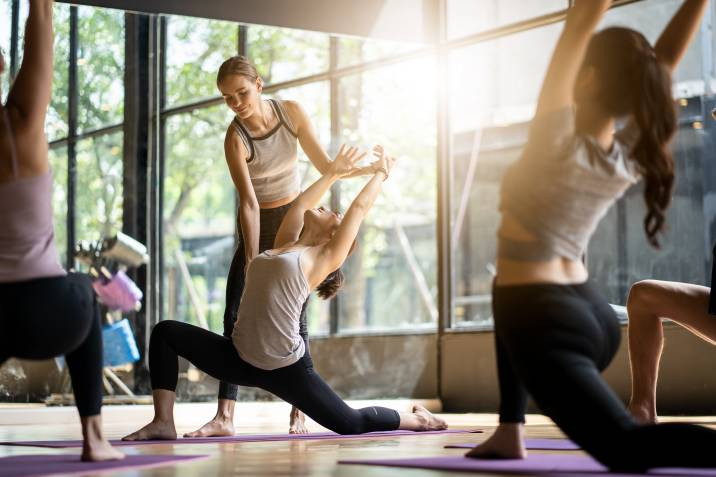
Your first step to becoming a personal trainer is getting certified. You will need to complete a Certificate III in Fitness (SIS30321), followed by a Certificate IV in Fitness (SIS40221). These will help you gain the knowledge you need to get entry-level work as a personal trainer. You may also get a Complete Personal Trainer qualification combining the required units from both certifications.
With this, it’s helpful to know what your personal goals are. For example, if you plan to work for a particular employer, find out what certifications they require before you apply.
Some of the organisations where you can get personal trainer certifications are:
Australian Academy of Fitness and Personal Training
Australian Fitness Academy
Australian Institute of Personal Trainers
FIT College
Fitness Institute
Some fitness classes, like yoga teaching and pilates instructing, require different certification requirements before you can teach them. Whether you're already trained in yoga or considering getting certified, here are some locations where instructors are currently sought after on:
Step 2: Be a member of fitness organisations
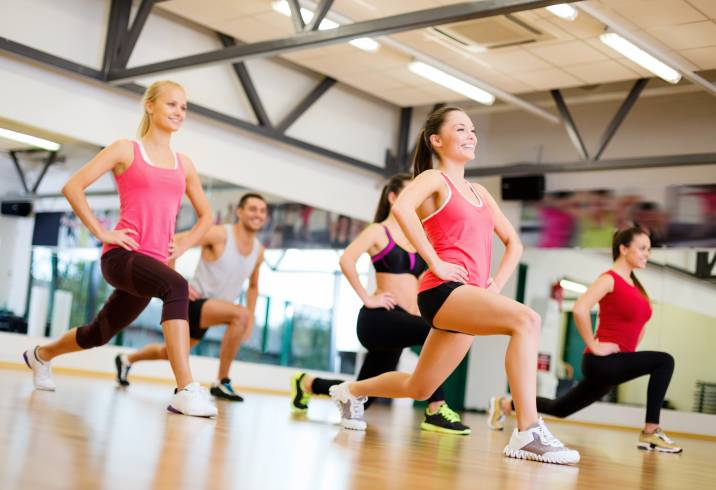
After attaining your qualifications, register to join an industry body such as Fitness Australia or Physical Activity Australia. Becoming a member shows clients your professionalism, helps you stay updated with best practices and guidelines, and provides future employers with confidence in your qualifications as a personal trainer.
These organisations can also provide insurance to help you cover professional indemnity, public liability, and product liability.
Step 3: Find a job

Once certified, you can begin looking for a job or side hustle as a personal trainer! If you’re starting out, consider the following places to work at:
Gyms
Becoming a gym employee means steady work, regular clients, and regular pay and insurance. This type of work gives you access to different equipment you’ll need and options for working with groups or individuals. You also won’t have to worry about marketing your services because the gym will handle that for you.
Spas and resorts
If you prefer a more flexible schedule, check out spas, resorts, and even large apartment complexes. Trainers are asked to provide training for the establishment’s guests. These are usually contractual jobs, but it’s a great way for anyone looking for part-time or freelance personal training work.
Senior facilities
More older adults are getting interested in staying healthy and active. Working with seniors is a great choice if you have a specialised certification for working with older adults. This type of work may entail you to work with people with special needs, physical disabilities, or limited mobility. Depending on the demand, this could be a full-time or contract gig.
Hospitals and wellness centres
Many hospitals employ personal trainers to help patients recover from mobility-related conditions. Working for a hospital may require a speciality focused on working with clients with health challenges.
Step 4: Seek a speciality

As you gain experience, you may want to focus on a particular aspect of personal fitness. You can increase your client offerings by taking on a speciality and even get a higher salary. Some of the available options you have are:
Athletics and sports - Personal trainers specialising in this can help athletes improve their balance, speed, agility, and performance using high-intensity training and recovery routines like massage and even acupuncture.
Lifestyle and weight management - This speciality allows you to work with clients looking to improve poor weight management habits and develop healthier behaviours towards fitness. For example, you can be a yoga instructor to help clients looking for relaxation and stress reduction exercises.
Medical - A medical speciality will enable you to work with post-rehabilitation clients recovering from conditions affecting mobility, like heart problems, muscle sprains, or orthopaedic conditions.
Nutrition - This certification lets you help clients achieve their fitness goals through diet by giving them specific advice on how to eat healthily.
Orthopaedics - This certification lets you focus on helping clients with knee pain, arthritis, or other related conditions.
Kids or elderly - Do you like working with the elderly or with kids? This certification can let you work with older adults and help them manage a healthy lifestyle or with kids and help them build age-appropriate fitness programs.
Step 5: Continue learning
Continuing education is required to keep your certification updated. It also helps you stay updated with the latest in fitness, weight management, nutrition, and health. Fitness Australia and Physical Activity Australia require members to do a certain amount of continued learning to keep their membership. Take CEC workshops to help you maintain these qualifications.
How to get personal training jobs

Start networking
Networking is a helpful strategy to help you find personal training opportunities. Gyms and other employers are more likely to reach out and hire someone they’ve met in a professional setting.
To get started, attend classes in as many gyms as possible and introduce yourself to the instructors. You can also begin networking at gym open houses, fitness competitions, locally-run clubs, and online fitness groups.
Offer services to friends
While seeking jobs, why not render your services to family and friends so you gain some experience? You can do one-on-one sessions with them or even offer discounted or free online consultations. These types of talks may even lead you to referrals!
Search online
Look into online fitness groups or job postings at Airtasker to seek job opportunities. Seek out jobs that say “entry-level personal trainer.” Some jobs even have on-the-job training and support for entry-level personal trainers pursuing certification.
Prepare a well-written resume that you can send out to potential employers when you apply for jobs online.
Become a Tasker & start earning as a personal trainer
Personal training can be a rewarding career for those interested in fitness. The job enables you to positively impact people every day by helping them stay healthy and fit.
On the lookout for personal training jobs? Sign up at Airtasker and find a gig now!
FAQs on becoming a personal trainer
You can make good money as a personal trainer, especially if you do well at your job and know how to market yourself. The demand for personal trainers in Australia is predicted to grow by 6% to 10% by 2025.
Becoming a personal trainer can be a worthwhile career if you have a passion for fitness and health and find satisfaction in helping others achieve their health goals!
To become a personal trainer, you must be at least 16 years old, be a permanent resident of Australia, and have completed year 10 or equivalent to qualify for the above certifications. Equivalency can be shown through Certificate II level or higher qualification or 2 years of industry experience in a role that requires written communication.
Some organisations may require a live first aid and CPR certificate before applying for the certifications, so check with your certifying organisation for any other requirements.
Create your profile and start browsing jobs in minutes
Start earning now
Related articles
Related price guides
